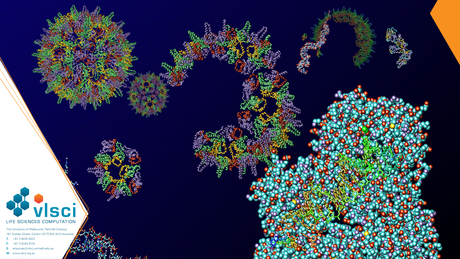Victoria's science supercomputing facility gets $6.6m boost
Monday, 20 October, 2014

A $6.65 million Victorian Government grant to the Victorian Life Sciences Computation Initiative (VLSCI) has assured Victoria maintains its competitive edge in the life sciences industry.
The grant means that the world’s most powerful supercomputing facility dedicated to life sciences will continue to operate in Victoria.
Announcing the grant today, Minister for Technology Gordon Rich-Phillips said it was important to the ongoing development of the industry locally and to sustaining Victoria’s competitiveness in global life sciences.
“A new $6.65 million grant will see the VLSCI facility pursue a renewed focus on generating commercial opportunities and producing outcomes to grow Victoria’s health and biotechnology industry, in close alignment with Victorian Government priorities,” Rich-Phillips said.
The VLSCI provides high-performance computer infrastructure and expertise to life sciences researchers, supporting the growth of Victoria’s biotechnology capacity and global reputation.
The IBM Research Collaboratory, which has been co-located with the VLSCI since 2010, has enabled collaboration between Victoria’s world-class life sciences and medical researchers and IBM’s computational biology experts.
The funding commitment enables the VLSCI to continue its operations at its research hubs presently located at the University of Melbourne (Parkville), Monash University (Clayton) and LaTrobe University (Bundoora).
The Minister also announced the Victorian Government had secured a further commitment from the University of Melbourne to guarantee the continued operation of its Centre for Energy-Efficient Telecommunications (CEET) at Parkville.
CEET was established in partnership with the Victorian Government, the university and Alcatel-Lucent in 2010, and has established itself as a world leader in research supporting global efforts to improve the energy efficiency of telecommunications networks and the internet.
“It is a key part of Alcatel-Lucent’s Bell Labs research and development powerhouse and is important in achieving the vision of our ICT Action Plan 2011, as set out in Victoria’s Technology Plan for the Future,” the Minister said.
Four trends set to shape the CIO agenda in 2026
2026 will be the year where the importance of job titles is significantly reduced in favour of...
Four ways AI can finally make threat intelligence useful and not just noisy
Done poorly, threat intelligence is noise. But done well, it becomes one of the most powerful...
Australia’s top tech priorities for 2026
It is anticipated that AI will evolve from a pilot project to a productive standard, underpinned...



